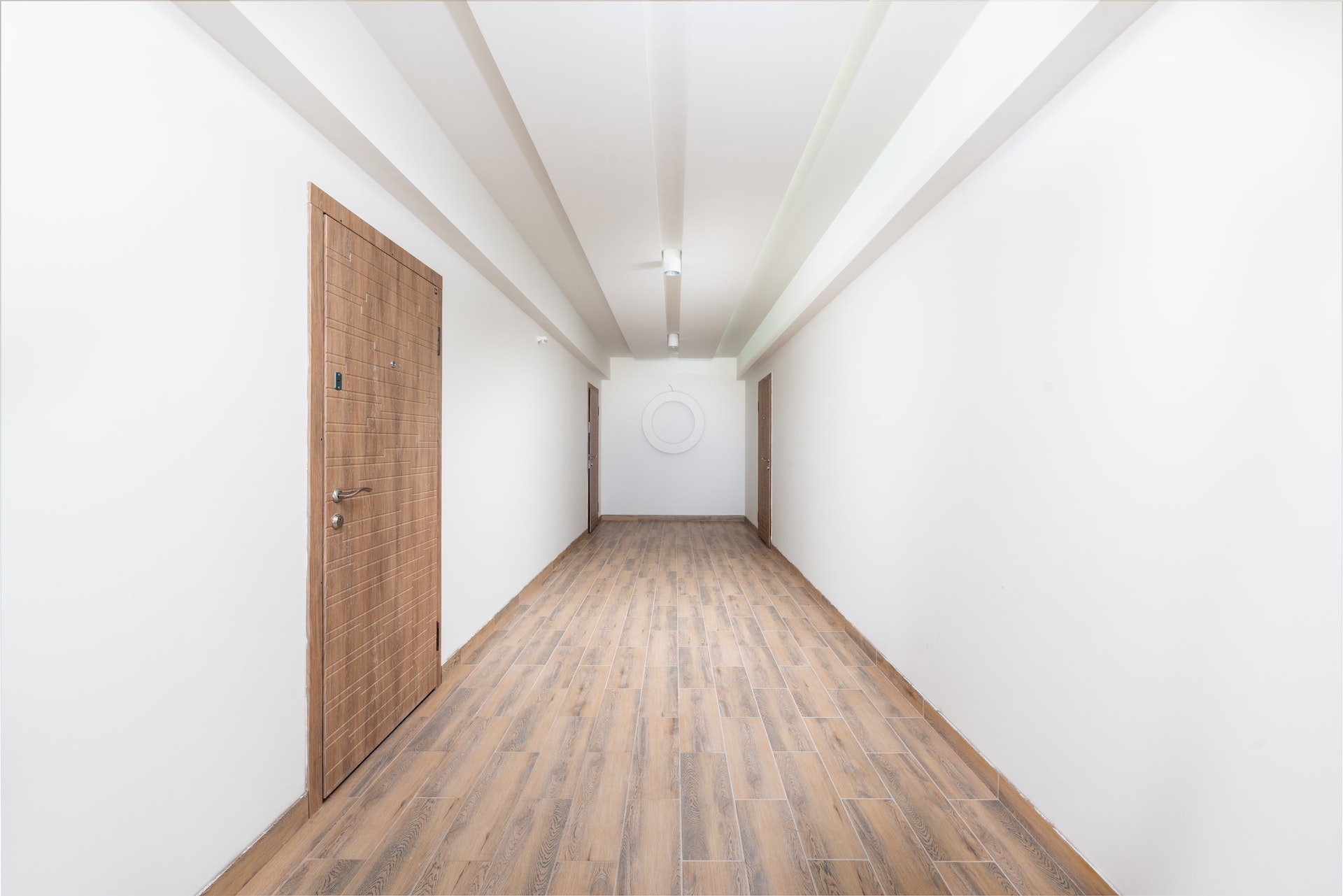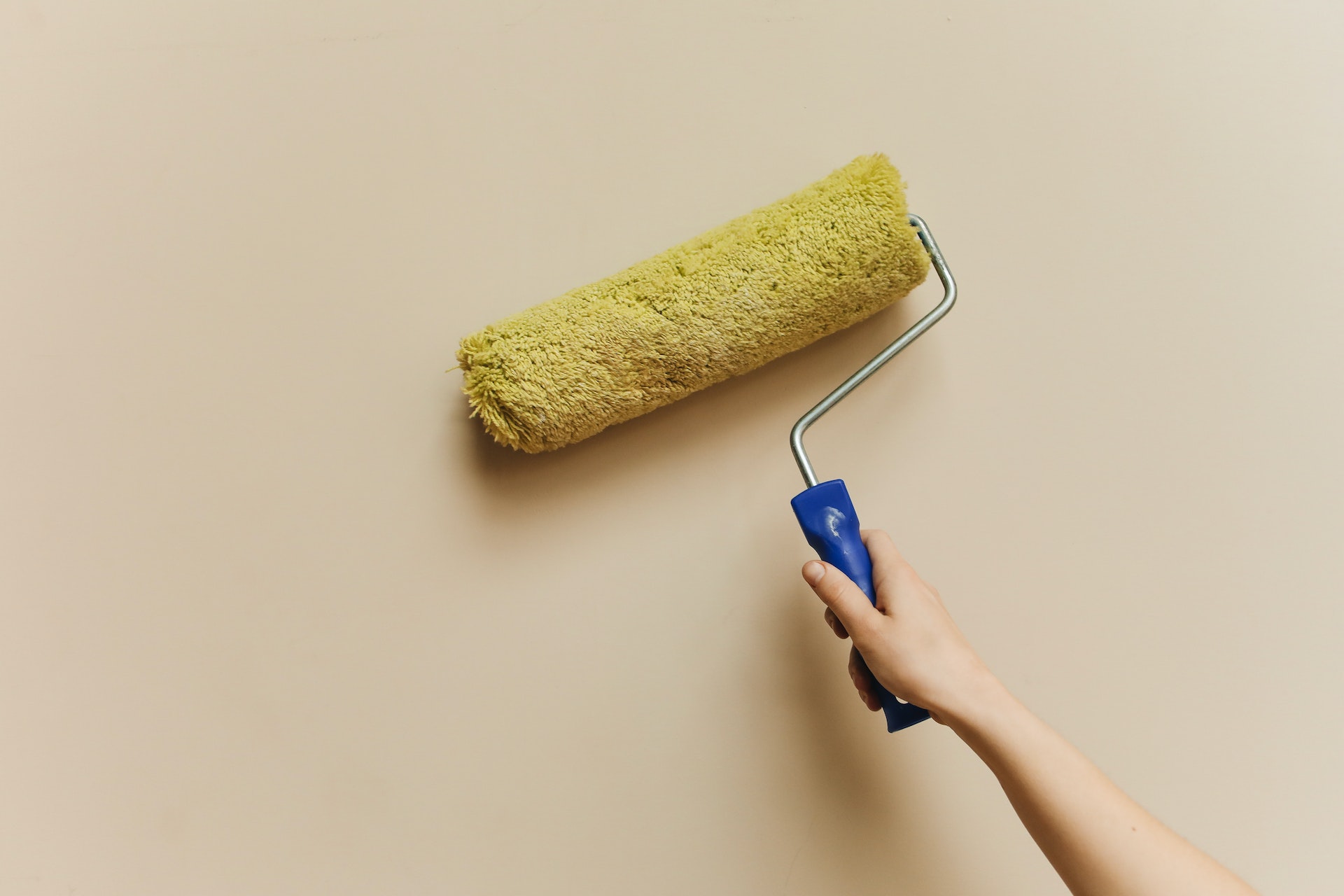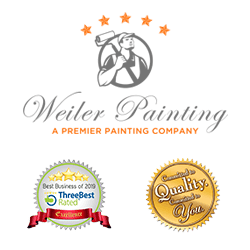Are you tired of staring at the same dull walls day after day? Want to give your home a fresh new look? Look no further than a fresh coat of paint! Interior painting can revitalize a space and make it feel brand new. But before you dive in, it’s important to understand how long you can expect that paint to last. The average lifespan of interior paint on walls is around 5-10 years.
However, other factors, such as the type and quality of paint, as well as the conditions in the room, can greatly impact the longevity of your paint job. In this blog, we’ll explore the surprising factors that can affect the lifespan of your interior paint and give you tips to help extend its longevity.
Get ready to learn everything you need to know to keep your walls looking fresh and fabulous for years to come!
Factors that Affect the Longevity of Interior Paint

You may think that once you’ve painted your interior walls, they’ll stay looking fresh and fabulous forever. However, there are several factors that can impact the lifespan of your paint job. Let’s take a closer look at each of these factors and give you tips to help extend the longevity of your interior paint.
1. Type and Quality of Paint
The type and quality of paint you choose can greatly impact the lifespan of your interior paint on walls. High-quality paints tend to be more durable and longer-lasting, making them a worthwhile investment. Additionally, different types of paint have different levels of durability and are better suited to certain rooms in your home.
2. Application and Preparation
Proper application and preparation are crucial for ensuring that your paint job lasts as long as possible. This includes properly cleaning and priming your walls before painting. Also, apply the paint evenly and allow each coat to dry fully. Skipping these steps or taking shortcuts can lead to chipping, peeling, and other issues. This can shorten the lifespan of your paint job.
3. Conditions in the Room
The conditions in the room where the paint is applied can also impact its lifespan. Humidity, temperature, and ventilation can all play a role in how well your paint job holds up over time. High humidity can cause paint to peel and blister. In contrast, low humidity can cause paint to crack and flake. Proper ventilation and temperature control can help prevent these issues.
4. Amount of Wear and Tear
The amount of wear and tear a room receives can also impact the lifespan of your interior paint. High-traffic areas like hallways, kitchens, and bathrooms are more prone to scuffs, scratches, and other damages. Taking steps to minimize wear and tear, such as using protective mats or keeping pets off furniture, can help extend the life of your paint job.
5. Maintenance and Touch-Ups
Finally, regular maintenance and touch-ups can help keep your paint job looking fresh and new for years to come. This includes regularly cleaning your walls with a gentle cleaner and soft cloth, as well as touching up any areas that have become chipped or scratched. By staying on top of maintenance, you can prolong the lifespan of your interior paint.
Final Verdict
Interior paint is a simple and cost-effective way to update the look of your home. While the longevity of the paint can vary depending on several factors, proper maintenance, and application can prolong its lifespan.
If you’re looking for a high-quality paint job that will last for years, consider working with Weiler Painting. With our expertise and dedication to quality, we can help you achieve the look and longevity you desire. From residential to commercial painting, Weiler Painting offers a range of services to suit your needs. So, don’t hesitate to reach out to us for all your painting needs.


